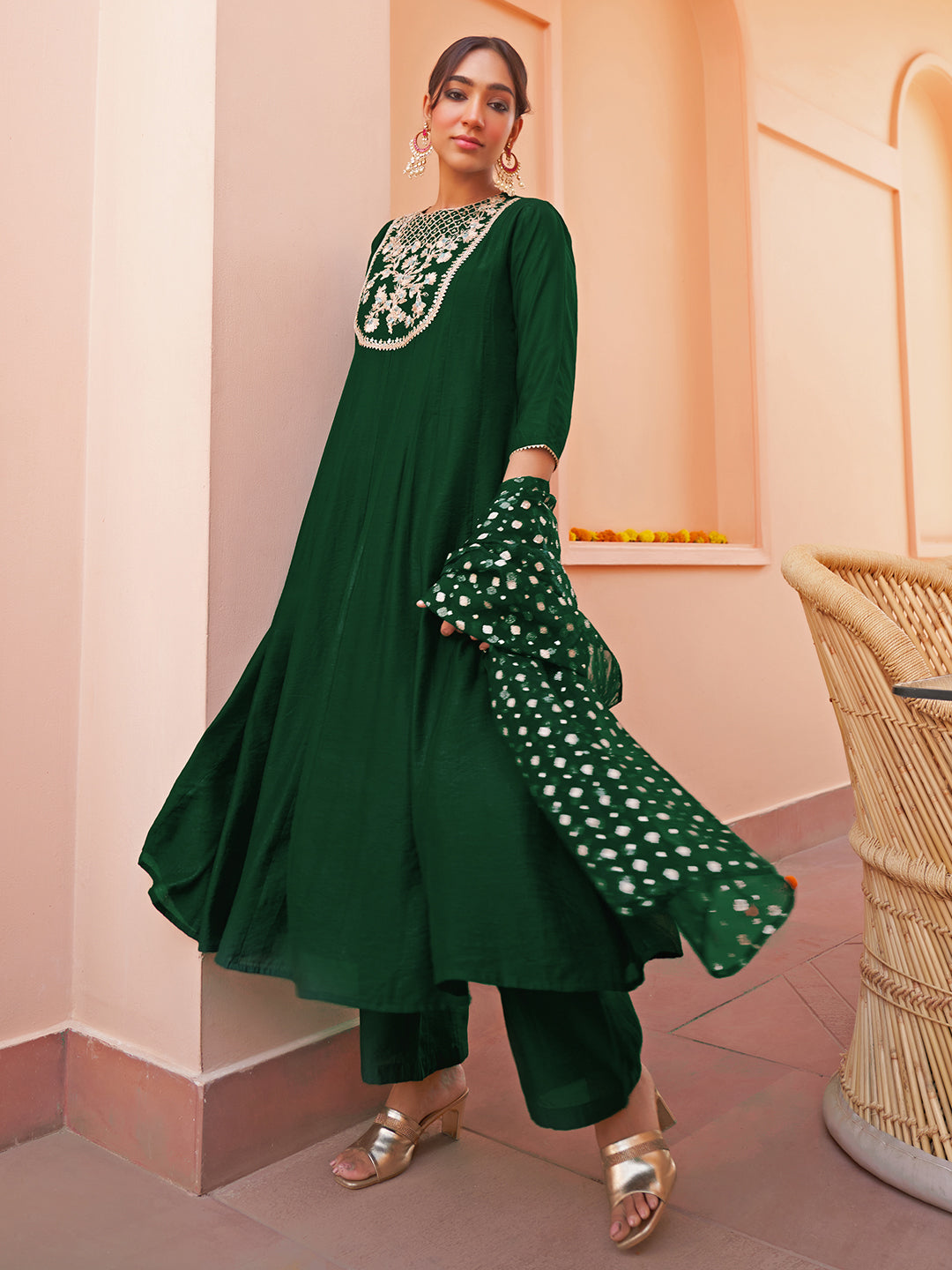As Indians, we know the importance of colors and richness in our culture. We can see for ourselves in the ethnic arts and dances, the music festivals, and the traditional days, the complex culture and colors are our pride. Even when you look at our food and clothes, brightness is the first thing that comes to mind!
But have you ever wondered about the significance of colors in our Indian Ethnic Wear? Every color means a different thing, and we are here to help you figure it out! Join us on our journey through the wonderful world of Indian colors. Let’s go!
Red
Red is fire. Red is passion. Red is wedded bliss. Red means a lot of things in Indian culture. Auspicious and blessed, the color Red is also often connected with Durga, the goddess of strength and power. The most common are the Red brides, symbolizing the bliss of the wedded couple. Brides wear Red Bangles, Red lehenga, and even the Kumkum is a fiery red.
This red kurta set is the perfect example for the passion and bliss, with the 3 piece palazzo set uniquely fitted various different festivals and cultures, in particular the Durga Puja.
Blue
According to the Hindu culture, Blue has several different interpretations Often being associated with calm, it is the color of infinite reality, for the ocean and sky. In addition to that, if we take a look at the mythology, lord Krishna was also depicted as having a bluish tone. So, many believe that the color blue keeps the evil away.
This blue kurta set for women is perfect, and so is the blue hue. You can wear this 3-piece Kurti with palazzo at various festivals, particularly Janmashtami.
White
White is believed to be the mix of 7 different colors, representing a little bit of each. It also represents peace and purity, knowledge in abundance. Due to it being the color of the divine, in Gujarat, Assam, and some other states of India, brides prefer their bridal lehenga to be white.
The color white is also great for bright festivals, like Holi. So, wear this white kurta set for the next Holi Puja and be the literal shining star of the crowd.
Saffron
Saffron, or orange, is often considered to be the sacred color of God. The color features dominantly in our Indian flag, representing of courage and reunification. Even if we go by the color therapy of the Vedic science, saffron signifies happiness and success. It also features dominantly in our Indian flag.
This Orange Kurta Set features the same saffron hue, representing all good things. The Brocade 3 piece palazzo set is great for festivals like the Ganesh Chaturthi Puja.
Yellow
In the Indian culture, yellow is the color of Haldi or turmeric. Due to this, the color represents the earth and sand. Many Indian brides prefer to wear yellow outfits for their Haldi ceremony. (A ceremony where the guest rubs a paste of turmeric and sandalwood on the bride and groom’s skin for a glow.)
The yellow kurta set selected too is a great Haldi outfit. The Sharara kurta set can even be worn during Vasant Panchami, where the presence of the color yellow is great.
Green
Green has always been the color of nature, with tress, grass, plants, and other flora being various shades of green. It represents happiness and peace. The color is also often considered royal, with green being the central character of the Mughal Dynasty. In terms of bridal wear, the Deccani brides prefer to wear green during their ceremony, as opposed to the more traditional red.
This green kurta set is great, with its ethnic motifs and embroidery work on the yoke. This ethnic wear kurta set is a great outfit to be worn on Hariyali Teej this season.
And with that, our journey through the different Indian colors has come to an end. We hope that this guide has been helpful in your various queries and thoughts about the colors. Which one is your favorite? Let us know in the comments and be sure to visit www.janasya.com for more such guides and articles on ethnic wear.





